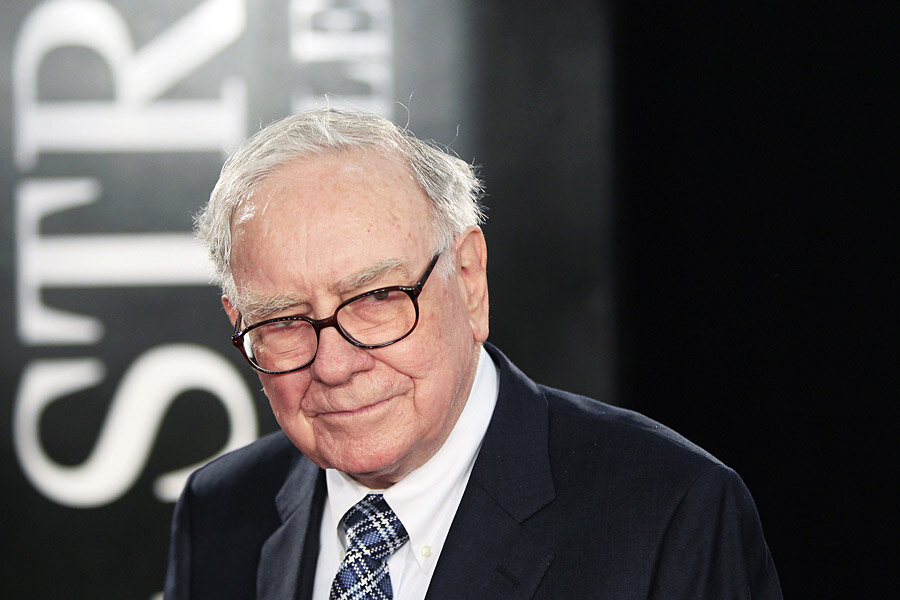Warren Buffet's investment strategy for average Americans
Loading...
One of the world’s wealthiest and most successful investors, Warren Buffett, is often asked how the average person should invest. His most common advice is to invest in a low-cost S&P 500 index fund because of its propensity to go up over time for investors with a longtime horizon. This is a great approach for investors with less than $50,000 and is a superior alternative to the standard 5 percent load fee for mutual funds sold by some of the large firms.
When considering how much the 5 percent load fee and standard 1.5 percent mutual fund expense ratio will erode an investor’s returns over time, the numbers don’t lie.
For the purpose of this example, let’s assume the mutual fund and S&P 500 index returns are the same before fees, despite the fact that 80% of stock-based mutual funds do not perform as well as the S&P 500. A $50,000 investment compounded at the S&P 500’s 13.3 percent historical annual return would appreciate to over $3.8 million over 35 years. However, the same $50,000 investment in mutual funds over 35 years will only result in $2.35 million – a difference of nearly $1.5 million.
Aggressive investors with more than $50,000 and a longtime horizon can realize higher returns from a more strategic approach developed by a professional investment manager. By applying Buffett’s investment principles, enhanced with global diversification and prudent use of leverage, it is very possible that your investments can outperform the S&P 500. Even if an investor realizes returns that average a few percentages higher than the index funds each year, the value of compounding interest can have extraordinary benefits.
As we saw in the previous example, investing in index funds can turn a $50,000 investment into $3.8 million over 35 years. By using the services of a strategic investment manager who can properly allocate principal across a range of global equities, the same $50,000 can result in about $13 million over the same period.
To further illustrate the benefit to this approach, again consider Buffett. For the past 35 years, his company, Berkshire Hathaway, has produced an average annual return of 22.4 percent and outperformed the S&P 500 index by an incredible 11.1 percent annually. The difference in $50,000 invested in Berkshire Hathaway on Jan. 1, 1979, (35 years ago) versus the S&P 500 index is a staggering $56 million.
Am I suggesting that hiring a skilled investment manager will turn your $50,000 investment into $56 million in 35 years? No. Depending on economic and market conditions, investors may not reach the $13 million they could have achieved over the last 35 years. However, there are a couple of important principles that can be applied to help maximize returns:
- Mutual funds have up-front and annual fees that can cut into your returns and impact the value of your investments over time
- For the average investor, Buffett’s advice of investing in index funds makes a lot of sense, despite the fact that not following this approach was extremely lucrative for him.
- Investors with a large amount of cash ($50,000 and up) can maximize their returns through diverse, global investments in addition to index funds.







